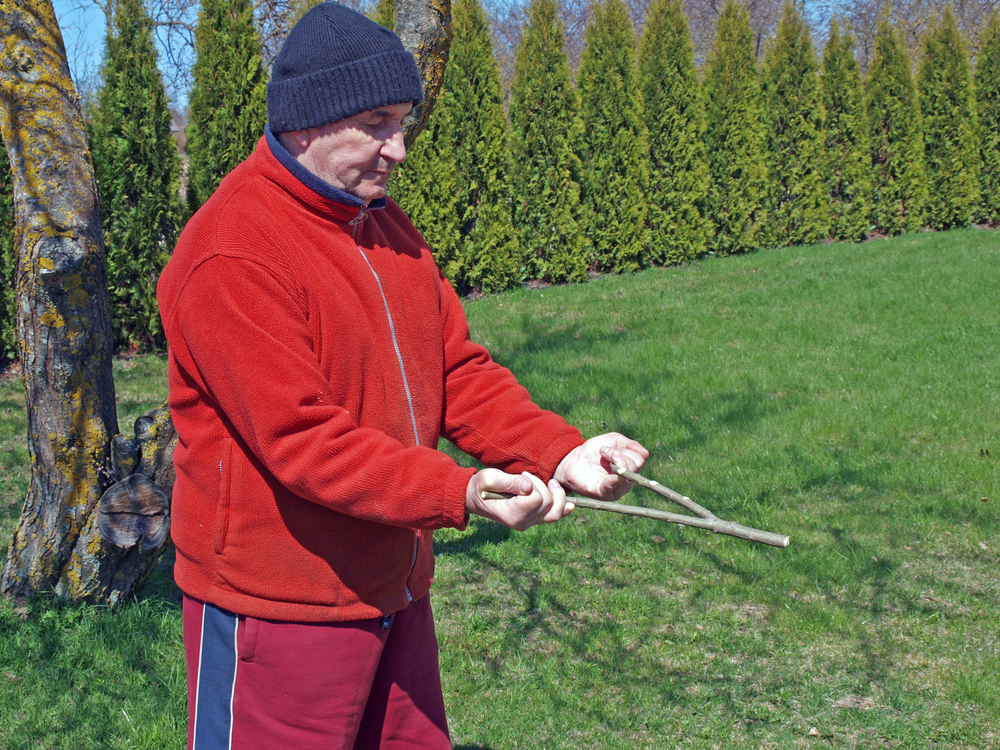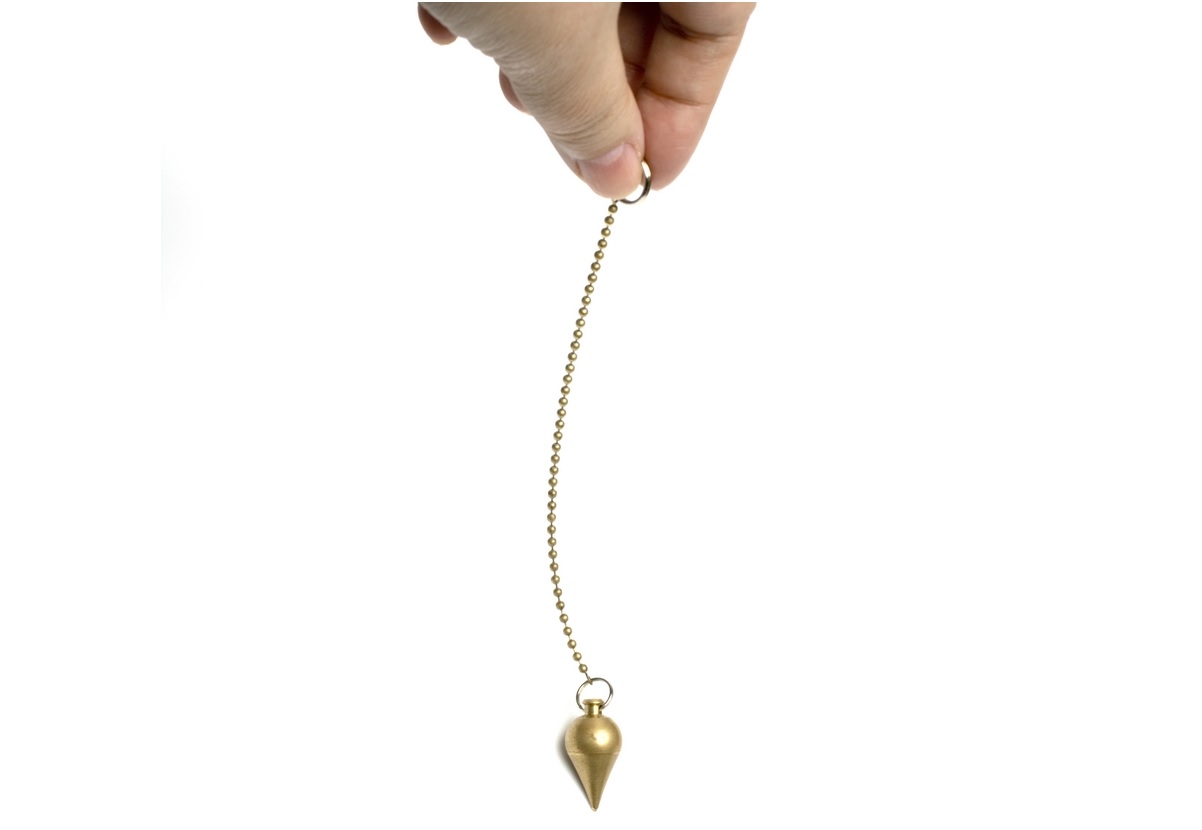Dowsing: The Pseudoscience of Water Witching

Dowsing is an unexplained process in which people use a forked twig or wire to find missing and hidden objects. Dowsing, also known as divining and doodlebugging, is often used to search for water or missing jewelry, but it is also often employed in other applications including ghost hunting, crop circles and fortunetelling.
The dowsing that most people are familiar with is water dowsing, or water witching or rhabdomancy, in which a person holds a Y-shaped branch (or two L-shaped wire rods) and walks around until they feel a pull on the branch, or the wire rods cross, at which point water is allegedly below. Sometimes a pendulum is used held over a map until it swings (or stops swinging) over a spot where the desired object may be found. Dowsing is said to find anything and everything, including missing persons, buried pipes, oil deposits and even archaeological ruins.
They got it wrong
Part of the reason for dowsing's longevity is its versatility in the New Age and paranormal worlds. According to many books and dowsing experts, the practice has a robust history and its success has been known for centuries. For example in the book "Divining the Future: Prognostication From Astrology to Zoomancy," Eva Shaw writes, "In 1556, 'De Re Metallica,' a book on metallurgy and mining written by George [sic] Agricola, discussed dowsing as an acceptable method of locating rich mineral sources." This reference to 'De Re Metallica' is widely cited among dowsers as proof of its validity, though there are two problems.
The first is that the argument is a transparent example of a logical fallacy called the "appeal to tradition" ("it must work because people have done it for centuries"); just because a practice has endured for hundreds of years does not mean it is valid. For nearly 2,000 years, for example, physicians practiced bloodletting, believing that balancing non-existent bodily humors would restore health to sick patients.

Furthermore, it seems that the dowsing advocates didn't actually read the book because it says exactly the opposite of what they claim: Instead of endorsing dowsing, Agricola states that those seeking minerals "should not make use of an enchanted twig, because if he is prudent and skilled in the natural signs, he understands that a forked stick is of no use to him."
If dowsing could be proven to work, what could the mechanism be? How could a twig or two metal wires know what the dowser is looking for (water, money, minerals, a lost item, etc.), much less where it could be found? The proposed mechanisms are as varied as the dowsers themselves. Some sources claim that strong psychic energy is radiated by the object and detected by the dowser; others believe that ghosts, spirits or mysterious Earth energies direct the dowser to their targets.
Dowsing: No better than chance
Skeptic James Randi in his "Encyclopedia of Claims, Frauds, and Hoaxes of the Occult and Supernatural," notes that dowsers often cannot agree on even the basics of their profession: "Some instructions tell learners never to try dowsing with rubber footwear, while others insist that it helps immeasurably. Some practitioners say that when divining rods cross, that specifically indicates water; others say that water makes the rods diverge to 180 degrees."
Though some people swear by dowsing's effectiveness, dowsers have been subjected to many tests over the years and have performed no better than chance under controlled conditions. It's not surprising that water can often be found with dowsing rods, since if you dig deep enough you'll find water just about anywhere. If missing objects (and even missing people) could be reliably and accurately located using dowsing techniques, it would be a great benefit: If you lose your keys or cell phone, you should be able to just pull out your pendulum and find it; if a person goes missing or is abducted, police should be able to locate them with dowsing rods.
Science differs from the New Age and paranormal belief in that it progresses, correcting and building on itself. Technology and medicine are continually advancing and refining. Designs and techniques are improved or abandoned depending on how well they work. By contrast, dowsers have not gotten any more accurate over centuries and millennia of practice.
Benjamin Radford is deputy editor of Skeptical Inquirer science magazine and author of six books including Scientific Paranormal Investigation: How to Solve Unexplained Mysteries. His Web site is www.BenjaminRadford.com.
Related:
Sign up for the Live Science daily newsletter now
Get the world’s most fascinating discoveries delivered straight to your inbox.











